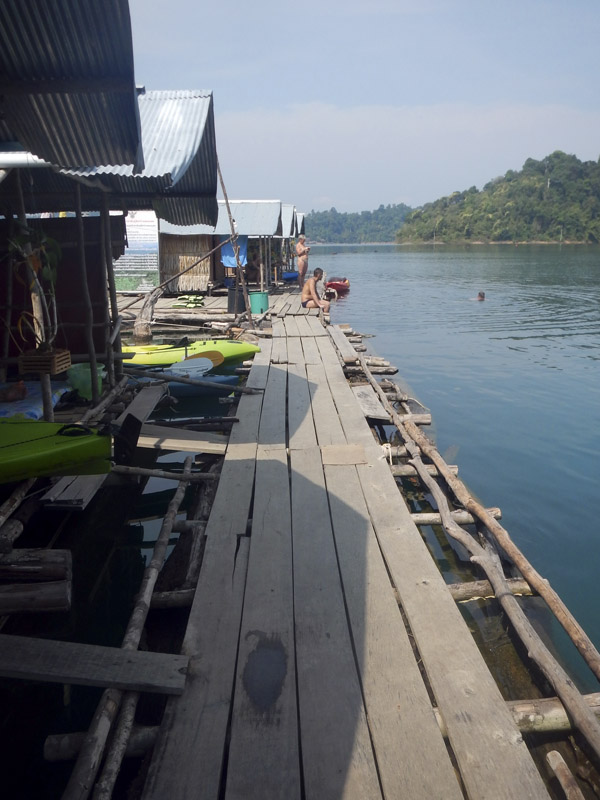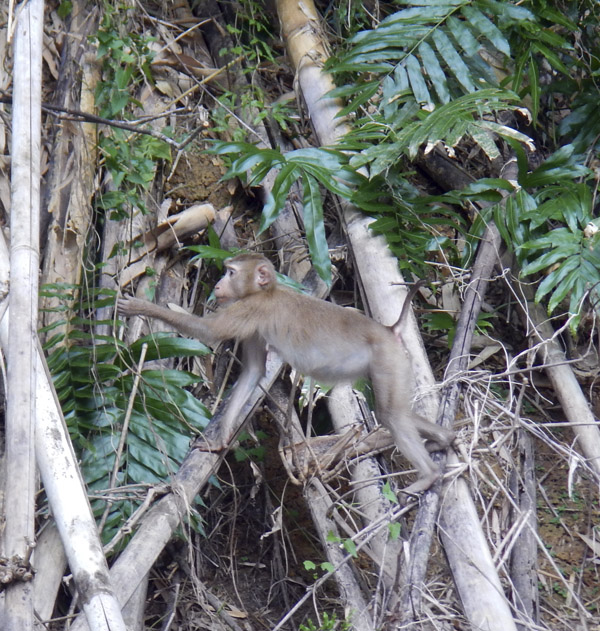Published in the Ocean Watch column, Honolulu Star-Advertiser © Susan Scott
March 23, 2015
One of the biggest pains about the ocean is salt. It corrodes the wheels on my sliding doors, rusts my boat’s so-called stainless steel and makes my hair stiff and skin itch. But after spending the last two weeks in Bangladesh and Thailand’s interior, salt was one of the things I missed most.
Bangladesh is a country of fresh water. Most land there is silt deposited by 15,000 miles of 700 or so rivers, creating some of the world’s most fertile plains.

All this fresh water flowing next to productive land is an agricultural gold mine. Brilliant green rice paddies, edged with blossoming mango trees and decorative flower beds, caused our team of five volunteers to speak often about the beauty of rural Bangladesh.
The country’s well-named flood plains, however, are also a curse. Cyclones, monsoons and Himalayan spring melt often cause overflows, resulting in devastating losses of lives, homes and livestock.
Even with all this water, I found no place to swim. River recreation is uncommon in Bangladesh.

- The bamboo huts of Thailand’s Khao Sok National Park
I swam to my heart’s content, though, in Thailand’s Khao Sok National Park, where we stopped on our way home for a few days’ R & R.
The rainforest park hosts limestone cliffs and dense jungle around a 102-square-mile reservoir created by the damming of the Klong Saeng River in 1980. The park is famous for terrestrial wildlife and shoreside bungalows floating on bamboo rafts. I had only to step off my lanai to plunge into clear, warm water.
And then I sank. Not to the bottom, because I know how to swim. But my lack of buoyancy in fresh water compared with my usual ocean dips surprised me.
The difference between lake and ocean buoyancy comes from salt. The ocean is about 3 percent salt, meaning that in 100 pounds of seawater (12 gallons), 3 pounds is salt. If you took all the salt out of the ocean and layered it evenly over Earth’s land, it would measure 500 feet high. (Picture a 50-story office building.)
It’s the added weight of salt in seawater that causes it to lift us higher than fresh water. Buoyancy force (the water pushing up) is the weight of the water displaced, or pushed aside, when we get in. Because salt water is heavier than fresh, we float with less effort.
And even though fresh water hosts nearly as many fish species as salt water (about 15,000 in each), those in rivers and lakes aren’t as concentrated or visible as those on coral reefs.

- Native long-tailed macaque monkeys that inhabit the rainforest around the lake are visible from kayaks.
I enjoyed my visit to Bangladesh and Thailand, but even when surrounded by radiant rice paddies, whistling monkeys and brilliant birds, I missed my marine animals. I’m happy to be home and salty.